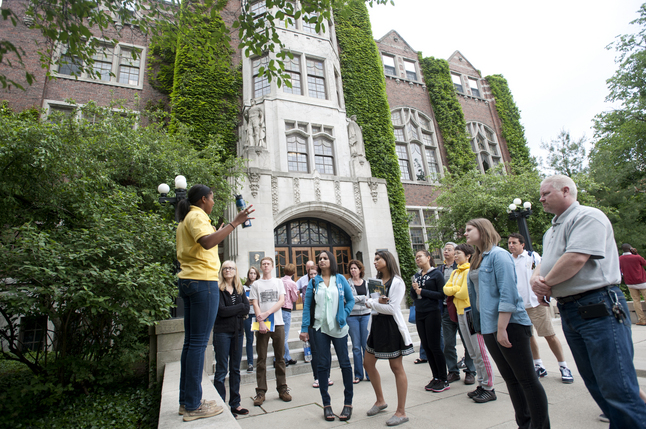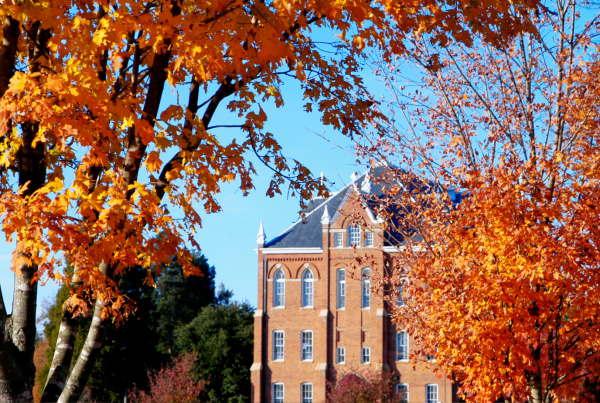 by Brenda Ward – Galin Education Director of College Counseling
by Brenda Ward – Galin Education Director of College Counseling
As a college counselor, I always recommend college visits, and the upcoming fall break is a perfect time to hop in a car or plane and head off to campuses so students can see the red brick and quadrangles for themselves!
Before the trip, however, it’s important to clarify what you want your student to get out of the visits. I like to put tours into two broad categories, depending on where the student is in the process: the “exploration tour” and the “selection tour.”
During the exploration tour, the student is evaluating what kind of campus provides the best fit, and it’s best to encourage an open mind. Many liberal arts colleges, for instance, have similar benefits—small class sizes, strong alumni networks, opportunities for meaningful participation in clubs, performance groups, and sports. Big public universities also share common characteristics: a dynamic and lively campus, a dizzying array of majors, a diverse student population, and more off-campus living options. Medium-sized colleges are just that: they offer opportunities in between but not to the same degree as the smalls and bigs. The exploration visits provide opportunities for the student to envision everyday life on campus, and it prompts the student to start thinking about college options beyond location, climate, and mascot.
Exploration visits don’t have to focus tightly on one campus. The goal may be to visit as many colleges as possible, scheduling around information sessions and campus tours* (and a trip to the bookstore for trinkets, of course). Families often plan exploration tours using a city as a base: for examples, Minneapolis, Chicago, Indianapolis if driving or Atlanta, D.C., Boston, New York, Denver, LA, if flying. After returning from an exploration tour, the student can research additional campuses, which are similar to the favorites from the visits. The tour should invigorate the search. Exploration visits are perfect for sophomores!
The “deep dive visit” on the college selection tour is different. This tour presumes that the student has researched the school’s curriculum and programs, networked with people who know the campus, and decided that the school is a serious contender for the final list. This kind of college visit requires a longer time on campus, a whole day or perhaps even an overnight. The general information session and walk-about campus tour are not enough. Students should try to schedule time with an academic staff member, an advisor or director of a group or organization, or an athletic coach. Students should sit in on classes and have lunch where students eat, with a current student if possible. If offered, it’s the perfect time to sit down for the admissions interview.
Campus visits provide an opportunity to “kick the tires,” but even a longer visit is anecdotal and dependent on the weather, how the student is feeling, the tour guide, and where the tour falls in the round of visits. I liken it to buying a car, albeit an expensive one! In the long run it’s not the sales staff, but the service department that matters most, and this is true for colleges, too. Students seldom visit the admissions office once they’ve enrolled: it’s the academic faculty, advisors, staff, and fellow students that make college a transformative experience. It’s important in the intensive college visit to reach beyond the admission office and to the student’s individualized interests.
College visits help build lists and inform decisions, but in the end a little leap of faith is still required. Which campus feels “just right” and is within academic and financial range? That’s a decision seniors are agonizing over right now, but I think they will all tell you: Campus visits are imperfect, but still the best way to build a college list.
*If you are unable to attend an admissions tour and info session, Campus Sherpa will set up tours with current college students on your schedule for a fee: www.campussherpa.com




